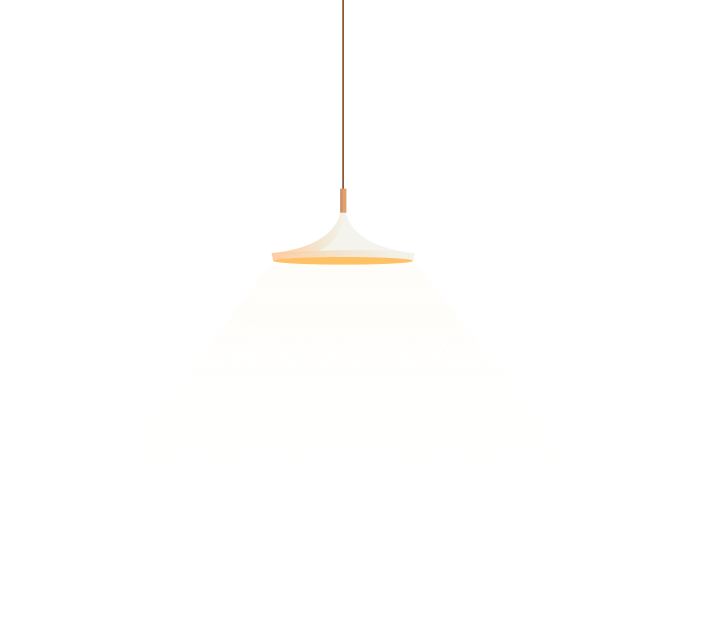Fire Extinguishers – A Couple Of Random Truths
Fire extinguishers are a typical sight in any structure in any country. Even the various types of fire extinguishers and the various purposes for which it is utilized are known to really less individuals.
So what exactly is a fire extinguisher?
It is device that is utilized to manage little fires that doesn’t really reach up to the ceiling and has gone out of control. It is typically a cylindrical vessel that contains an extinguishing agent that is manually released at the time of fire. It is typically suggested to clear escape routes in the time of fire.
What is the story behind a fire extinguisher?
A fire extinguisher as we see it now came after a long development from its most ancient form that was made by Ambrose Godfrey in the first half of the 18th century which was not portable but placed in a room. As years went on, there were various kinds of other extinguishers like soda-acid fire extinguisher, chemical foam fire extinguisher, carbon tetra chloride extinguisher, and lastly the modern-day day extinguisher that we find around us now.
How do we pick an extinguisher?
Fire extinguishers are chosen based upon the kind of fire. Therefore we find Class A, B, C, D and F. Fire is usually divided into various classes based on its source and strength. Here are a couple of details on each:
– Class A – Class A fire extinguishers are for snuffing out fire caught on common materials like card board, wood, paper, and so on. There is a mathematical value on these extinguishers that indicates just how much liquid it holds and how much fire it can snuff out.
– Class B – Class B is the fire that is caused by oil, grease, kerosene, and so on. On these extinguishers the number represents the area of fire space it can extinguish.
– Class C – These extinguishers manage fire that is brought on by electrical devices, wirings and circuit breakers. These do not have any numbers connected to them.
– Class D – This is for fire brought on by combustible compounds like salt, potassium, magnesium, etc. This is mainly used in chemical laboratories.
– Class F – This is for fire caused by cooking oil and deep far fryers mainly utilized in kitchen areas of dining establishments and food production factories.
Where do you put a fire extinguisher?
Fire extinguishers are typically put according to what kind of fire may happen in a location and how soon it can trigger damage. For example, in the case of Class A type of fire the extinguisher is positioned in such a way that a person should not move more than 75 feet away to get the extinguisher. In the case of Class B, it is placed not more than 50 feet away.
How do you maintain a fire extinguisher?
There are various aspects for keeping an extinguisher.
- First off, it needs to be one that is inspected and checked by qualified professionals at the time of purchase.
- It needs to be made sure that the extinguisher is placed at the required range constantly.
- For refillable chemical extinguishers, they need to be cleared and filled every 6 years.
- The screening process need to be done on a monthly basis.
- Harmed extinguishers need to be replaced immediately.
- More than anything else, every body in the building should have read the instructions given with the extinguisher.
Extinguishers were previously utilized just in business structures and apartment. Nevertheless, now they are seen in individual homes as well. It is suggested to be utilized in homes as a fire breakout is possible there too.
Even the various types of fire extinguishers and the different functions for which it is used are understood to really less people. As years went on, there were various kinds of other extinguishers like soda-acid fire extinguisher, chemical foam fire extinguisher, carbon tetra chloride extinguisher, and finally the modern-day day extinguisher that we find around us now.
Fire extinguishers are picked based on the type of fire. Fire extinguishers are usually put according to what type of fire may take place in an area and how quickly it can trigger destruction. In the case of Class A type of fire the extinguisher is put in such a method that a person should not move more than 75 feet away to get the extinguisher.







